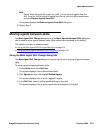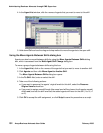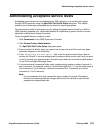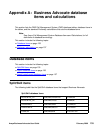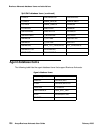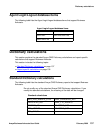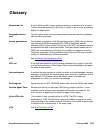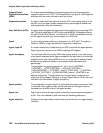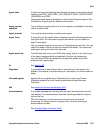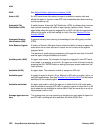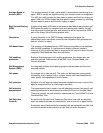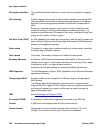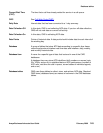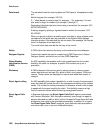
Avaya Business Advocate User Guide February 2006 139
Glossary
Abandoned call A call in which a caller hangs up before receiving an answer from an agent.
The call could be queued to a skill, be in a vector, or be in vector processing
before it is abandoned.
Acceptable service
level
The time within which a contact center determines that calls for a particular
skill should be answered.
Access permissions Permissions assigned to a Call Management system (CMS) user so that the
user can access different subsystems in CMS or administer specific
elements (skills, trunks, vectors, and so on) of the ACD. Access permissions
are specified as read or write permission. Read permission means that the
CMS user can access and view data, for example, run reports or view the
Dictionary subsystem. Write permission means that the CMS user can add,
modify, or delete data and execute processes.
ACD See Automatic Call Distribution (ACD)
.
ACD call A call that was queued to a skill and was answered by an agent in that skill,
or a call that queued as a Direct Agent Call and was answered by the agent
for whom it was queued.
Acknowledgment A window that requires you to confirm an action or to acknowledge a system
message, for example, the system going down, warning, or fatal error for the
user window. This window cannot be moved, sized, or scrolled and
disappears only when you confirm the message.
Active agents Agents who are in ACD, RINGING, and/or after call work (ACW) work states.
Activate Agent Trace Window from which you can start CMS tracing of agent activities. These
activities include all agent state changes until the trace is turned off. You
must activate an agent trace to obtain an Agent Trace report.
Active VDN calls The number of calls currently active in a VDN. The G3V4 vector
enhancement “VDN Calls Routing” refers to the ability to program a vector
step according to the number of active VDN calls. The number of active calls
is referred to as “counted-calls” in the vector step.
ACW See After Call Work (ACW)
.



